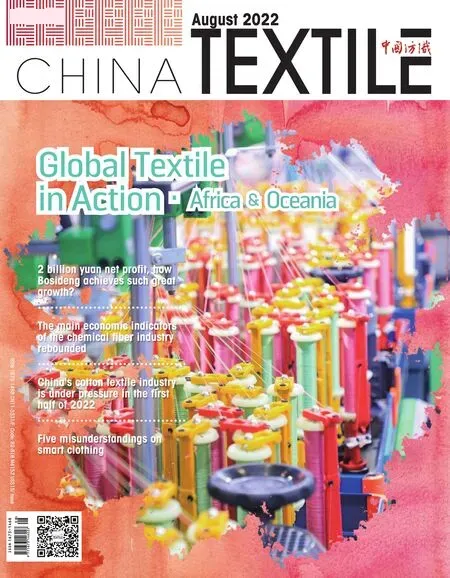Updates
US' Quiet Platforms & DHL E-commerce partner for new delivery service
Quiet Platforms, a wholly owned subsidiary of Ameri—can Eagle Outfitters, has launched a partnership with global logistics leader DHL E—commerce Solutions to off er a new delivery service available exclusively to retailers and brands in the Quiet Platforms network. Under the partner—ship, the two companies will develop new delivery services for future rollout. The date—definitive delivery service is slated to reach 93 per cent of postal codes across Quiet Platforms’ national network without requiring any custom integration or lengthy setup, American Eagle Outfitters said in a statement.
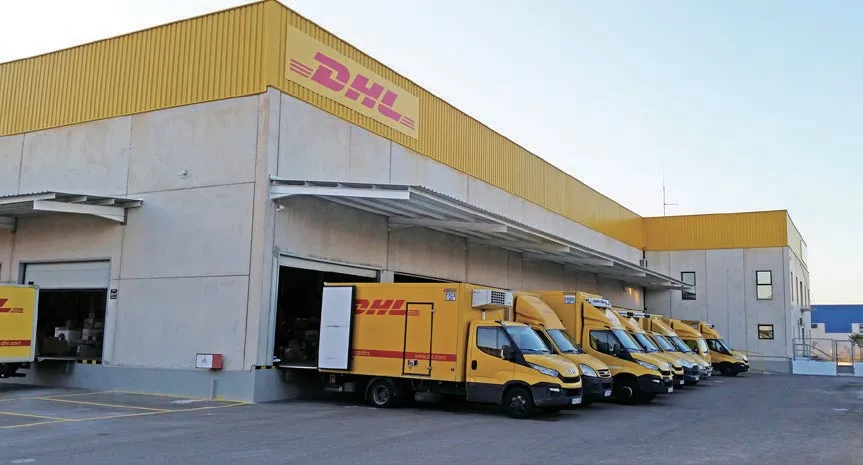
The service is the latest example of Quiet Plat—forms taking a technology—first approach to logistics,utilising smart sortation and planning intelligence to achieve deep carrier injection. The collaborative solution provides retailers and brands in the Quiet Platforms network with access to affordable last—mile services that reduce costs while delivering a superior customer experience.
This new partnership is the latest step in Quiet Platforms’ strategy of building out a nationwide foot—print in parcel delivery to service its retail and brand customers and level the playing field for enterprises of all sizes. The company recently announced it has expanded its fulfilment capabilities with the activation of a multifunctional, connected fulfilment facility in At—lanta, which was launched in under 60 days.
“DHL is known and respected worldwide for both the quality and variety of its service offerings. As we continue to onboard new cus—tomers and scale the volume of parcels running through our network,DHL E—commerce Solutions will be a key partner in ensuring we are providing the best possible delivery experience to end customers—including scheduled home delivery for the exact day that is most con—venient for them,” Shekar Natarajan, EVP, chief supply chain officer of American Eagle Outfitters and head of Quiet Platforms, said.
“Quiet Platforms’ innovative sharing model is redefining efficien—cy, sustainability and service across the supply chain, including last—mile delivery. We’re thrilled to partner with the company to offer our unique, date—definitive delivery service to retailers and brands in the Quiet Platforms network, and we look forward to co—developing new services with the team in the future,” Lyle Sanderson, regional vice president of sales, DHL E—commerce Solutions, said.
2022 Q2 childrenIs clothing market: sunprotective clothing achieved high growth

Affected by the panmic, the overall performance of chil—dren's wear industry was sluggish in the first half of this year.Integrated Taobao and Tmall platforms. In the first half of 2022,the total size of children's wear was 36.528 billion yuan, and the sales volume was 612 million pieces, down 17.55% year—on—year. In addition to the sales growth in January, from February to June, the sales of children's wear market declined for five consecutive months. However, with the arrival of summer, many brands take "cool fabric" clothing as their main summer clothes,which drives the cool T—shirt to achieve rapid growth. In the sec—ond quarter of this year, the sales of children's cool T—shirt Tao—bao Tmall increased by 364.97% year—on—year, and the sales in May was even higher than that in June. Consumers' purchasing awareness and willingness showed ahead of time.
The fabric of the cool T—shirt has excellent air perme—ability, heat and moisture removal performance, so that children can have a comfortable feeling of wearing while hav—ing fun. On the composition side of the fabric, labels such as no chemical substances, safer, antibacterial can strengthen consumers' purchasing decisions. At present, the key brands of children's cool T—shirts are Maladin, Anta, disney baby,heybetter and Disha. Except Anta, the other four brands are new brands on the list. Affected by the pandemic situation in recent two years, people pay more and more attention to both physical and psychological health, and after the double reduc—tion, the new generation of parents pay more and more at—tention to the cultivation of children's physical quality, which makes the outdoor functional children's wear rise relatively high. In the first half of the year, the market size of outdoor functional children's wear on Tmall Taobao platform was 397 million yuan, up by 18.12% year—on—year.
Among them, the sales volume of sports children's clothing such as children's sun protection clothing, children's sports suits,children's quick—drying pants has soared, with children's sun protection clothing accounting for the highest proportion and rising obviously, with sales increasing by 17.1% year—on—year.Among the explosive products, most of them are sunscreen,and their main functions include sunscreen, breathability and coolness. Therefore, "cool fabric" clothing is essential. However,considering that the audience is a minor group, their guardians have relatively high requirements for wearing clothes. Besides good appearance and cool feeling, businesses also need to con—sider the disadvantages of special fabrics, such as pilling, poor hand feel, fading, skin—unfriendly and other fabric problems.
Anta cooperates with Huawei to create intelligent sports products
On August 8th, Anta Group officially announced the joint construction project of Anta and Huawei Sports Health at Anta Innovation and Technology Conference 2022. Anta said that through cooperation with Huawei, it will continuously improve the professional performance of Anta sports prod—ucts with innovative technology and digital technology. At the same time, it will jointly research and develop targeted running equipment, provide professional running guidance,and build intelligent sports in the future.
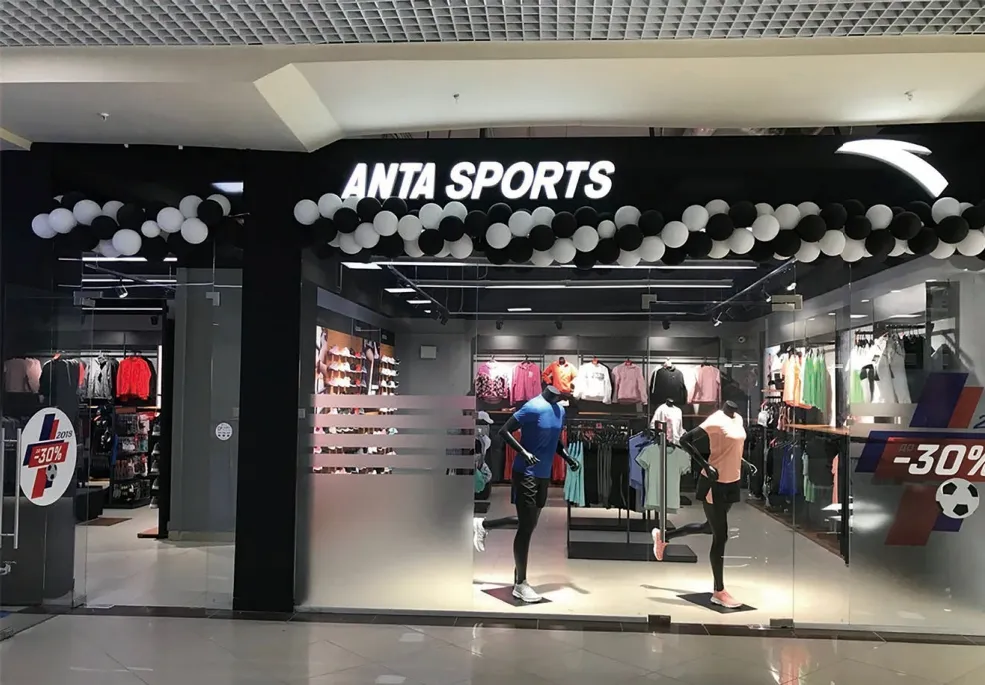
At the press conference in Jinjiang, Fujian Province, Anta and Huawei officials jointly unveiled the co—creation project.The day of the conference coincided with National Fitness Day. Zhu, vice president of Anta brand, said that in the fu—ture, Olympic technology will be used more to empower the national sports, so that the public can enjoy sports more ful—ly and help the development of Chinese sports. It is reported that based on the common vision of both parties, Anta and Huawei Sports Health have joined hands to jointly verify the performance of Anta champion running shoes. Anta Sports Science Laboratory cooperates with Huawei Songshan Lake Sports Health Science Laboratory to jointly explore the interactive relationship between science and technology and sports, empower sports with digital and innovative technology, and strive to jointly promote the national sports experience and the improvement of sports achievements, and cre—ate the future intelligent sports experience.
Export of American textile and clothing increased by 13.1 percent in first half 2022
In the first half of this year, American textile and gar—ment exports increased by 13.10% year—on—year. Accord—ing to data from the Textile and Apparel Office of the U.S.Department of Commerce, the export volume from Janu—ary to June 2022 was 12.434 billion dollars, compared with 10.994 billion dollars in the same period of 2021.
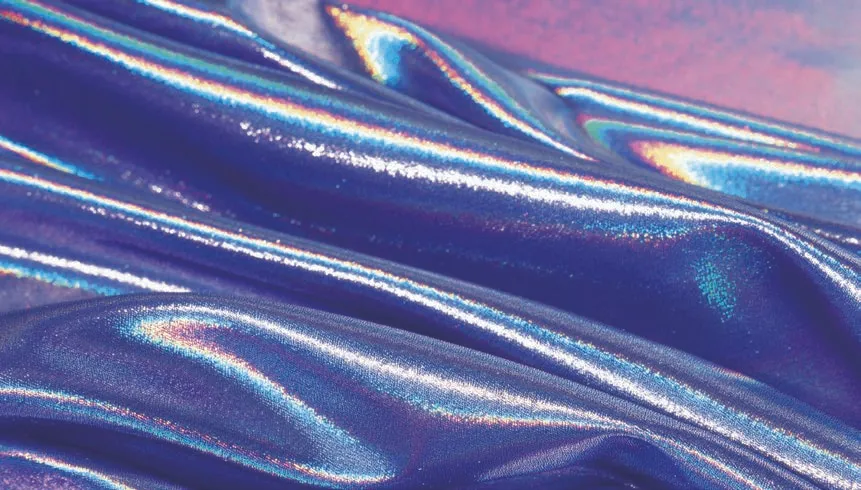
In terms of categories, in the first half of 2022, garment exports increased by 24.97% year—on—year to reach USD 3.489 billion, and textile products increased by 6.07% year—on—year to reach USD 8.945 billion. Among textile products,yarn exports increased by 21.34% year—on—year to 2.313 billion USD, fabric exports by 3.58% to 4.460 billion USD, and manufactured goods and miscellaneous exports by 9.15% to 2.171 billion USD. As far as countries are concerned, Mexico and Canada together account for more than half of the total exports of textile and clothing in the United States.
In these six months, the United States provided Mexico with tex—tiles and clothing worth 3. 46 billion dollars, followed by Canada with 3 billion dollars and Honduras with 857 million dollars. In recent years,America's textile and clothing exports have kept in the range of 22—25 billion dollars every year. In 2014, it was USD 24.418 billion, USD 23.622 billion in 2015, USD 22.124 billion in 2016, USD 22.671 billion in 2017, USD 23.467 billion in 2018 and USD 22.905 billion in 2019.However, due to the COVID—19 outbreak, this number will drop to 19.33 billion dollars in 2020. In 2021, the export volume of textiles and cloth—ing in the United States was 22.652 billion USD.
PPI of final demand falls by 0.5% in July 2022 in U.S
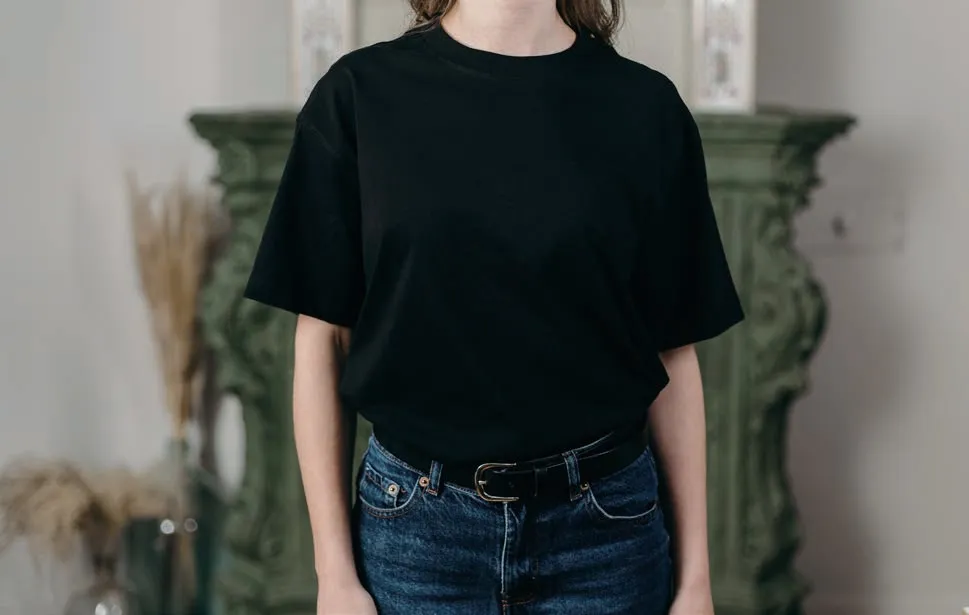
According to the data of the U.S. Bureau of Labor Statistics(BLS), the seasonally adjusted producer price index of final de—mand in the United States dropped by 0.5%. The bureau recently said that the producer price index of final demand in the United States has declined after rising by 1% and 0.8% in June and May respectively. In the 12 months to July, the unadjusted final de—mand price rose by 9.8%. In July, the decline of the final demand index can be attributed to a 1.8% decline in the price of final demand goods. In contrast, the final demand service index increased by 0.1%.
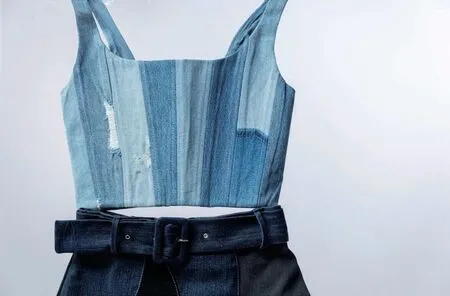
The prices of food, energy and trade services, which eventually declined in demand, rose by 0.2% in July after rising by 0.3% in June.The final demand index excluding food, energy and trade services rose by 5.8% in the 12 months to July. In July, the final demand com—modity index dropped by 1.8%, the biggest drop since April 2020,when it dropped by 2.7. The decline in July can be traced back to a 9%drop in energy prices and final demand. On the contrary, the indexes of final demand food and final demand commodities (excluding food and energy) rose by 1% and 0.2% respectively. In July, 80% of the de—cline in the final demand commodity index was attributed to the price of gasoline, which decreased by 16.7. Industrial chemicals and electric power indexes also rose.
Shopping in metaverse to be norm in future
According to a survey, achieving net zero emissions in fashion manufacturing, improving fashion buying experience, high compe—tition and balancing physical stores and online places are the major challenges facing the fashion industry this year. The survey found that three—fifths of respondents believe that shopping in Metauni—verse will be the norm in the future.
The survey report, titled 'Global Fashion Industry: Trends,Consumer Shifts, and Outlook', was released recently by US re—search firm Good firms.
Although half of the respondents said that the purchase through analysis and artificial intelligence algorithms were benefi—cial, and they thought that more retailers should choose this prac—tice, 62.5% of the respondents were more concerned about prices and wear resistance than fashion.
With more and more customers shopping through online stores and websites, the future of fashion is becoming online. 80% of re—spondents prefer digital printing over traditional screen printing, 42.5%of them say that they pay close attention to the current fashion trends,and the same percentage of respondents prefer personalized sugges—tions of online fashion brands.With the industry tries to achieve the goal of net zero emission in fashion manufacturing, 67.5% of the respondents report that they would avoid a certain brand violating environmental norms, and 42.5% think that the fashion industry is destroying the environment.
35% of respondents tend to buy from brands that provide information on green initiatives, while 27.5% will only buy from fashion brands when they know that sustainable raw materials are used in manufacturing.

- China Textile的其它文章
- Dear readers:
- Highly creative peroid for global textile
- FW2023-2024 Fashion collection unveiled by Pontetorto
- Tex world New York City Returned for a Successful Summer 2022 Edition
- Over 200 companies to showcase creations at Gartex Texprocess India
- India sees 35.87% YoY fall in handicrafts exports in July

